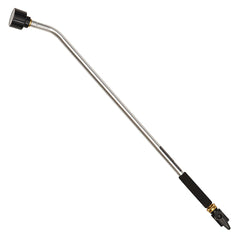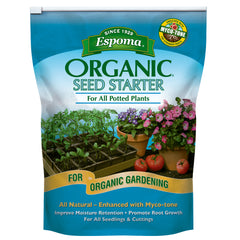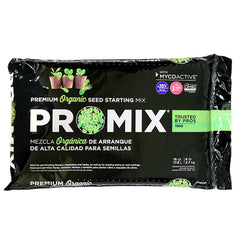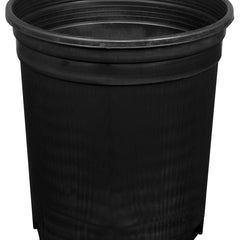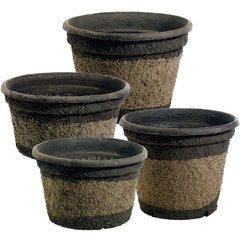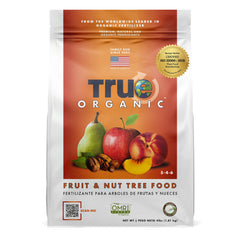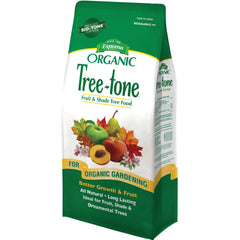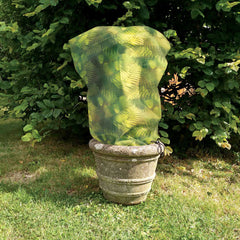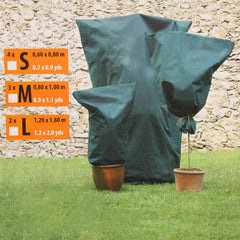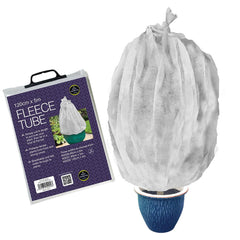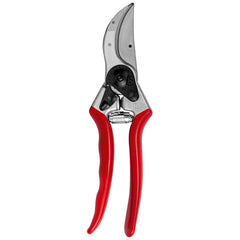
Herbaceous
Banana Tree
USDA Zone: 9–11
Lifecycle: Perennial
Mature Size: 10–25 ft. tall
Native Region: Southeast Asia
Sunlight Requirements: Full Sun
Learn about: Care, Seeding, Planting and Potting, Feeding, Winterizing, Harvesting and Pruning

USDA Zone: 9–11
Lifecycle: Perennial
Mature Size: 10–25 ft. tall
Native Region: Southeast Asia
Sunlight Requirements: Full Sun
Learn about: Care, Seeding, Planting and Potting, Feeding, Winterizing, Harvesting and Pruning
Proper care ensures healthy growth and high fruit yields. Water banana trees deeply and regularly, keeping the soil consistently moist but not soggy. They have shallow roots and need frequent watering, especially in dry climates. However, avoid waterlogging, as this can lead to root rot.
To support growth, remove suckers (small offshoots) and keep only 1–2 strong ones per plant to ensure energy is directed toward fruit production. Mulching around the base helps retain moisture, suppress weeds, and regulate soil temperature.
Common pests include aphids, spider mites, and nematodes, which can be controlled with organic pesticides or neem oil. Regularly check leaves for signs of disease such as leaf spot or Panama disease, and remove affected foliage promptly.
Most banana trees are grown from rhizomes (suckers) or tissue culture rather than seeds, as commercial bananas are seedless. However, if you’re growing a wild banana variety with seeds, soak the seeds in warm water for 24–48 hours to soften the seed coat. Then, plant them in a well-draining seed starter mix, covering them with about ½ inch of soil. Keep the soil warm (75–85°F or 24–29°C) and consistently moist but not waterlogged. Germination can take 3 weeks to several months, so patience is key. Once seedlings emerge, transfer them into larger containers as they grow.
Banana trees thrive in warm, tropical climates but can also be grown in containers indoors. Use well-drained, nutrient-rich soil with a slightly acidic to neutral pH (5.5–7.0). If planting in a container, choose a pot at least 15–20 inches wide with drainage holes to support the fast-growing root system. If planting outdoors, select a sunny spot with at least 8 hours of direct sunlight daily. Banana trees need plenty of space, so plant them at least 6–10 feet apart to allow proper airflow and root expansion.
Banana trees are heavy feeders and require frequent fertilization. Use a high-potassium fertilizer (such as 10-10-20) every 2–4 weeks during the growing season. Organic options like compost, fish emulsion, and well-rotted manure are also excellent for improving soil health. Mulching around the base with organic materials like leaves or wood chips helps retain moisture and provide slow-releasing nutrients. Avoid fertilizers high in nitrogen, as they encourage excessive leaf growth at the expense of fruit production.
Banana trees are sensitive to cold and frost, especially if grown in temperate climates. If temperatures drop below 50°F (10°C), move potted banana trees indoors to a warm, sunny location. For outdoor trees, wrap the trunk with burlap or frost blankets and apply a thick layer of mulch around the base to insulate roots. In extremely cold areas, cut back the tree to about 12 inches above the ground, cover it with mulch, and protect it with plastic sheeting until spring.
Banana trees take 9–12 months to produce fruit. The bananas grow in large clusters (hands) on a central stalk (pseudostem). When the bananas turn light green and plump, they are ready to harvest—cut the entire stalk and hang it in a cool, shaded area to allow the fruit to ripen. Bananas will continue ripening off the tree.
Pruning is essential to maintain plant health and encourage better fruiting. After harvesting, cut down the main stalk as it will not produce fruit again. Allow a strong sucker to grow in its place for the next cycle. Trim dead or damaged leaves regularly to keep the plant tidy and free from disease.
For best storage, keep harvested bananas at room temperature until they ripen. To slow ripening, store them in a cool place, or separate individual bananas from the bunch.





